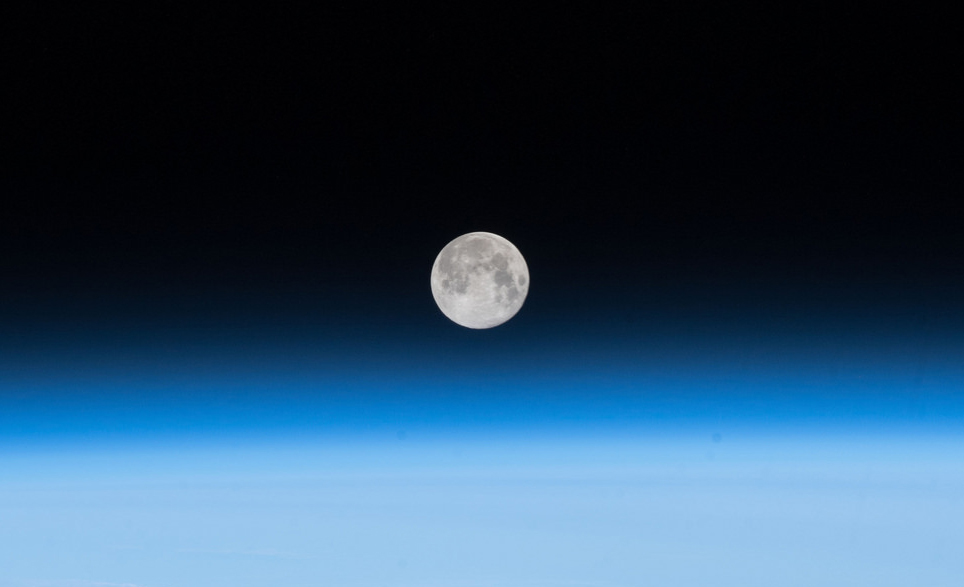See the Full Flower Moon of May 2018 in a Slooh Webcast Tonight!
May's full moon will shine bright tonight, but if cloudy skies ruin your view, don't fret; you can watch the lunar sight live online.
The full moon of May 2018 is known as the Full Flower Moon. It will star in a live webcast on Slooh.com tonight (May 29), beginning at 7 p.m. EDT (2300 GMT).
You can also watch the full-moon webcast on Space.com, courtesy of the Slooh online observatory. The webcast will feature live views of the moon rising over the Andes mountains of South America from Slooh's observatory in Chile. The webcast will also feature views of the full moon from Slooh's flagship observatory at the Institute of Astrophysics of the Canary Islands, in Spain. [May 2018 Full Moon: Here's What to Expect]
May's full moon actually peaked earlier today, at 10:20 a.m. EDT (1420 GMT), but the moon can still appear full to casual observers at least one day ahead of and after the actual event.
Observers also have a chance to see the brilliant planet Venus, which shines brightly in the western sky as the moon rises in the east. Jupiter is also visible in the constellation Libra this evening.
During tonight's webcast, Slooh's Paul Cox will be "going back-to-basics to explain how our moon formed, what causes lunar phases, as well as an unusual phenomenon where the moon appears to 'rock and roll'!" Slooh representatives said in a statement.
Slooh's Helen Avery will also explain exactly why May's full moon is best known as the Full Flower Moon. She'll also discuss other names for the moon and their history, according to a show description.
Breaking space news, the latest updates on rocket launches, skywatching events and more!
During the webcast, Slooh will also kick off its "How Many Moons in One Night?" challenge, to see how moons of solar system planets users can spot using the company's robotic telescopes in a single night.
Editor's note:If you snap an amazing photo of May's full moon tonight and would like to share it with Space.com for a story or photo gallery, send comments and images to spacephotos@space.com.
Email Tariq Malik at tmalik@space.com or follow him @tariqjmalik. Follow us @Spacedotcom, Facebook and Google+. Original article on Space.com.

Tariq is the award-winning Editor-in-Chief of Space.com and joined the team in 2001. He covers human spaceflight, as well as skywatching and entertainment. He became Space.com's Editor-in-Chief in 2019. Before joining Space.com, Tariq was a staff reporter for The Los Angeles Times covering education and city beats in La Habra, Fullerton and Huntington Beach. He's a recipient of the 2022 Harry Kolcum Award for excellence in space reporting and the 2025 Space Pioneer Award from the National Space Society. He is an Eagle Scout and Space Camp alum with journalism degrees from the USC and NYU. You can find Tariq at Space.com and as the co-host to the This Week In Space podcast on the TWiT network. To see his latest project, you can follow Tariq on Twitter @tariqjmalik.

